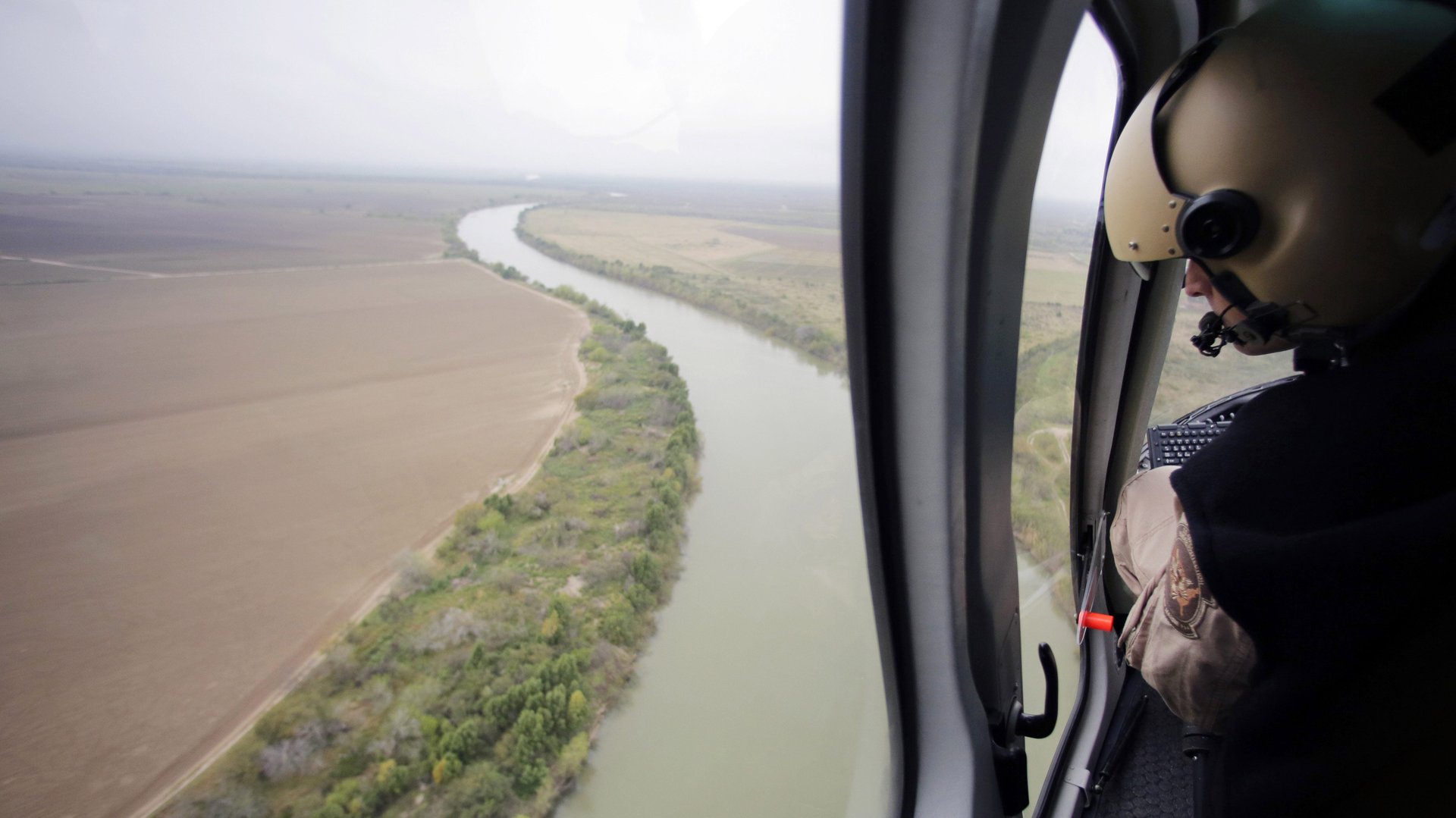The Trump tax: Human smugglers at the US-Mexico border are jacking up prices
US president Donald Trump is yet to lay the first brick of his proposed wall between the US and Mexico, but some smugglers are already pricing it in.


US president Donald Trump is yet to lay the first brick of his proposed wall between the US and Mexico, but some smugglers are already pricing it in.
Last week Trump’s Homeland Security secretary, John Kelly, boasted that the administration’s get-tough policies have pushed coyotes, as human smugglers are called, to jack up fees for getting immigrants through certain mountainous areas (he didn’t specify which, and officials didn’t respond to requests for clarification). They are now up to $8,000 from $3,500 in November, according to Kelly.
“The early results show that enforcement matters, deterrence matters,” Kelly said in his statement.
What’s happening on the ground is more complicated than his logic suggests.
Smuggling fees are notoriously hard to pin down. Estimates from researchers and migrant shelter officials collected by Quartz range from $4,000 to $10,000 for migrants coming from Central America. Immigrant advocates interviewed by the New York Times said prices can go up to $15,000 (paywall).
“Smugglers are not that predicable,” said Gabriella Sánchez, a University of Texas at El Paso professor who studies their practices. “There’s no smuggling business model.”
It’s true, she says, that tougher enforcement does lead to higher fees, according to research. Data from the Mexican Migration Project managed by Princeton University and the University of Guadalajara, which has been surveying Mexican immigrants for decades, show prices have generally tracked Border Patrol spending.
However, that’s not what’s pushing up prices now. It will be years before Trump’s proposed wall and 5,000 extra Border Patrol agents are in place. “There is absolutely no difference in border enforcement today than six months ago,” says Jeremy Slack, another professor at University of Texas at El Paso who studies the US-Mexico border region.
For now, what appears to be happening is that the perception or anticipation of an immigration crackdown is making more people cross—and giving coyotes leverage to charge more. Border Patrol apprehensions, a proxy for the number of undocumented immigrants, spiked in October—a month before the US presidential election. They stayed high leading up to Trump’s inauguration.
During that time, the pitch coyotes were making was “Get here before he builds his wall,” said Adam Isacson, an immigration expert at the Washington Office on Latin America, a human-rights advocacy group.
Migrant shelters on Mexico’s southern border with Guatemala, which Isacson recently visited, were completely full from October until mid-January, he said. Then, like apprehensions, the number of migrant travelers suddenly dipped.
Kelly touted the drop in apprehensions as another sign Trump’s policies are working. “It means many fewer people are putting themselves and their families at risk of exploitation, assault and injury by human traffickers and the physical dangers of the treacherous journey north.”
In fact, the policies could be having the opposite effect to what Kelly claims. Homeland Security has stepped up deportations of undocumented immigrants, many of whom had lived in the US for years. “After they get deported, they have this strong social need to come back,” said Daniel Martínez, a professor at George Washington University.
They are the kind of immigrants bound to take the biggest risks to cross the border. A 2016 study (pdf, pp. 10-11) Martinez co-wrote with the University of Texas’s Jeremy Slack notes that after the federal government stepped up patrolling in urban border areas, the death rate of undocumented migrants along more treacherous routes in Arizona jumped.
Border deaths, researchers say, are a more revealing—and worrisome—indicator of what’s happening on the border than how much coyotes are charging. They will be closely monitoring them in months to come.